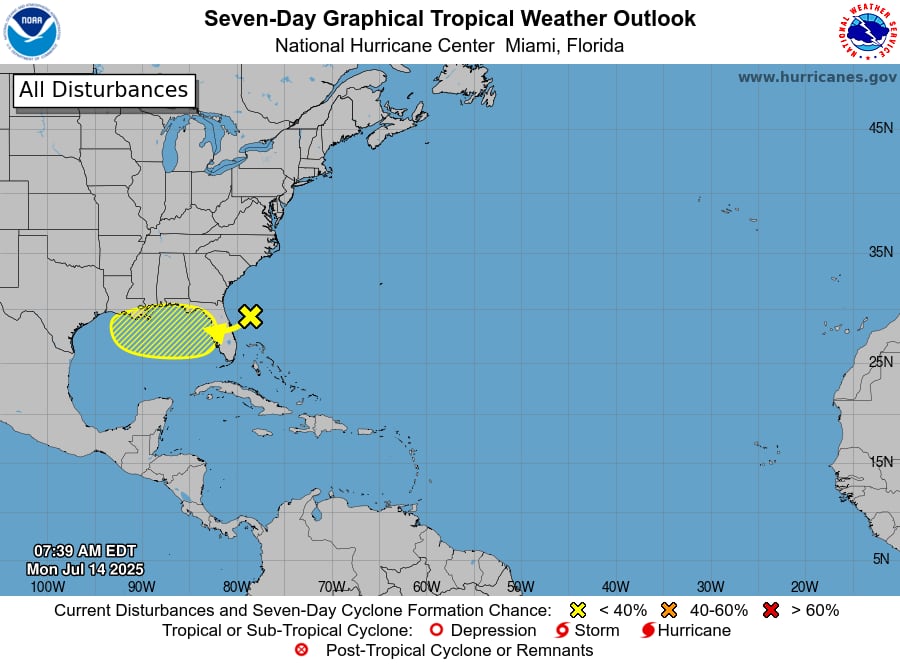On July 4, President Donald Trump signed the Big Beautiful Bill, a piece of legislation that will transform higher education in the United States.
The law aims to hold universities responsible for the achievement of their graduates, increases financial help for workforce development initiatives, and caps the amount that students can borrow for graduate degrees.
Grad PLUS loans, which many students use to pay for graduate degrees, will be phased out under the new law.
Mitchell Henry, president of Faulkner University, a private Christian college in Montgomery, stated that the removal of Grad PLUS loans is drastic and could cause issues for a lot of students.
Getting student loans will be more difficult
The amount of federal loans that students can take out is capped by the new law:
-
Graduate students can borrow up to $100,000
-
Law or medical students can borrow up to $200,000
-
Parents can borrow up to $65,000 per student via Parent PLUS
A student may have to use private loans to pay for their education after they have used up all of their subsidized direct or PLUS loans.
A lifetime cap is intended to incentivize colleges to control costs, according to the federal government.
Financing graduate degrees may be more difficult
Many students use the Grad PLUS program to pay for their doctorate and graduate degrees after their Stafford loans have been paid off. The program will be phased out in 2026.
Those who intend to pursue graduate degrees after July 1, 2026, may need to take out additional private loans to pay for their education, although current students are unaffected.
According to data from the Chronicle of Higher Education, 23 colleges and universities in Alabama received more than $120 million in Grad PLUS financing for the 2022–2023 academic year.
According to data from the Chronicle, Faulkner University managed 367 Grad PLUS loans in 2022, generating around $11.3 million in revenue, which accounts for over 20% of the institution’s total revenue.
It will be easier to pay for workforce credentials
According to the National Center for Education Statistics, Pell grants are awarded to about 32.7% of all college students in Alabama.
The final measure includes a Workforce Pell while mostly maintaining the Pell program. Programs for short-term, approved workforce training can now use the funds.
Pell-eligible students can begin using funding for programs that prepare them for high-skilled, high-paying, or in-demand industry sectors or jobs on July 1, 2026.
The National Center for Education Statistics reports that the average Pell Grant award for Alabama students is $5,167.
Obtaining a Pell award still involves students completing the Free Application for Federal Student Aid and determining if they fulfill the income limits.
Colleges will need to prove grads have good jobs
Politicians have had difficulty enforcing institutions to demonstrate the worth of specific degrees. Trump’s bill links financial aid and student debt to graduates’ capacity to find well-paying employment.
Funding for colleges and universities will be discontinued unless they can demonstrate that graduates make more money than a high school-educated adult. According to Inside Higher Ed, over half of two-year degree programs may be impacted.
Most Popular Stories by
Williesha Morris
-
Star Wars actor dead at 87
-
Most Alabama high school students pick this college: See where your school ranks
-
Alabama college raises tuition, cuts staff to address $8 million shortfall
-
Former University of Alabama professor claims bias in student evaluations, pay
-
What caused Alabama college s $8 million budget shortfall? Leaders up front about issues



